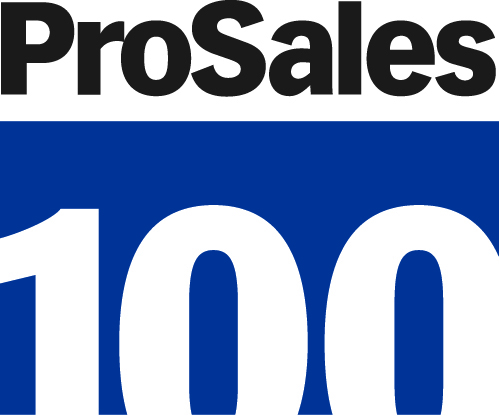In a great team effort, the LBM community pooled its knowledge to finish the story of what happened to ProSales 100’s initial class, back in 1992. The comparisons with the just-published 2017 ProSales 100 are illuminating.
In 2016, the total pro sales of this year’s ProSales 100 amounted to roughly $45.8 billion. Include revenue from non-pros and the total rises to $49.36 billion. A World Bank ranking of nations’ gross deomestic products shows that, if the 2017 ProSales 100 members were a single country, their gross domestic product would be bigger than close to three-fifths of the world’s 199 countries.
Companies in the ProSales 100 class of 1992 had just $8.5 billion in total sales and the median company reported roughly $50 million in sales. In our silver anniversary class of 2017, the median revenue was $115 million.
In this year’s list, 11 companies have over $1 billion in sales. In 1992, 84 Lumber was ranked first on the list and even it hadn’t quite hit that mark. Before we jump to the conclusion that inflation drove this growth, the Consumer Price Index inflates $1 in 1992 to $1.77 in 2016 dollars. Thus, the pace of inflation over the past 25 years would only have grown the Pro Sales 100 to just over $15 billion today. Our industry leaders have managed to triple the growth that we would have gotten from inflation alone.
In 1992, the largest company was 18 times larger than the median company. Today, the largest company–ABC Supply, at $7.1 billion in pro sales–is just over 60 times larger than the median company. The total sales captured by the top 10 largest companies in 1992 amounted to just over 40% of total sales that year. This year’s report shows, acquisitions and other growth had driven the portion of sales by the top 10 to just over 70%. Thus, the largest companies in the industry have grown at a faster blended rate than the rest of the industry as a whole.
With all of the consolidation this industry has seen, most companies today find themselves facing much larger competitors than in the past. So how do small and medium size companies prevent the largest companies from rolling over them? They do it the same way a sparrow holds its own against a much larger bird: by trading size for speed and agility. Owners of small and medium companies frequently tell us that they are able to compete effectively because their decision making is much faster than a larger organization. They make up for their inability to buy in large volumes by taking advantage of short-lived special pricing opportunities. Larger companies often have to push through a certain bureaucratic process in order to place a special order. By then, the price may have changed.
In addition to the changes in the landscape with regard to size, the last 25 years have witnessed the rise of acquisitions and specialization. In 1992, the 10 largest companies were sellers of lumber and a broad array of products. Specialization as seen today was largely absent. Specialization, such as that displayed by ABC Supply, Beacon Roofing Supply, GMS, and SRS Distribution–fueled in each case by strong and steady acquisition appetites–helped these companies climb the Top 100 list.
In other cases, such as Builders FirstSource, BMC Stock, and US LBM, equally acquisitive companies have risen to the top of the list with a broad lines approach. It appears that neither strategy is superior to the other and either can propel the growth of a company with the right management team.
Of the companies on the 1992 Top 100 that were acquired, the most common buyers were Builders FirstSource, BMC and US LBM. These companies bought 14%, 10%, and 7% of the sales of the 1992 Top 100 list, measured by that group’s revenues.
As we enter the 26th year of the ProSales 100, we’re reminded that we’re in a huge, dynamic and successful industry that has grown by leaps and bounds beyond mere inflation. Becoming bigger is a winning strategy that still leaves room for other companies to grow. Finally, specialization or a one-stop shop approach are both valid, especially when the fuel of acquisitions is added to the mix. Here’s to the next 25 great years.



